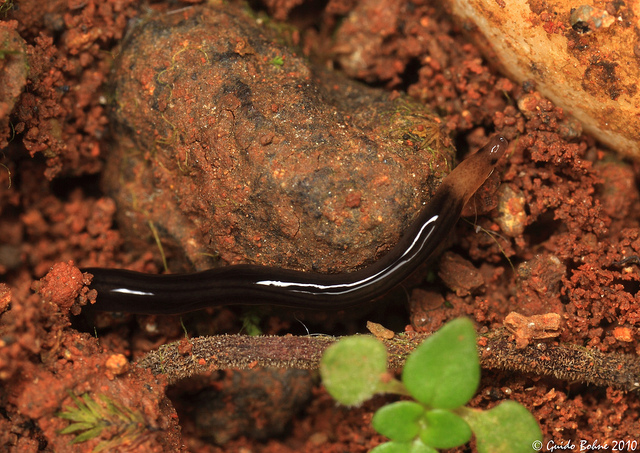Taxonomic classification
Kingdom: Animal (animalia)
Sub kingdom: upholstered real animals (Eumetazoa)
Superphylum: feeler-csillókoszorúsok (Lophotrochozoa)
Phylum: zsinórférgek (Nemertea)
Classes: orphaned nemertea (Anopla)
bayonets nemertea (Enopla)
Distribution and habitat:
The majority of species live in seas, but there are also freshwater and terrestrial species (eg. all members of the genus Geonemertes land inhabitant, wet leaves and bark of trees during the present wet). About 1400 described their race.
The nemertea predominantly seafood. Very few can swim freely in the open sea. Most coast inhabitant, where among the rubble, under stones, coral and fissure blocks, benches slots, and live in hiding among the seaweed. Some nemertea dig themselves into the sand bottom, while others live in their skin, separated by nyálkacsőben. Genus of tropical moist forests of some air-land living beast has changed. Some of these crops in Europe too virágházi avoided, but only in the virágházak moist, warm air will remain alive. A single genus: the Prostoma has a temperate inhabitant of sweet water.
Europe and North America, the sweet waters of Prostomatida family found in different species.
Morphology, structure:
Most of their race and body size in small and medium-sized animal, with a length of several mm to 1 m and falls.
(The exception, the longissimus Linaeus can reach 30 m, but only only 1 cm wide).
Bőrizomtömlő surrounds internal organs. Homonymous szelvényezettek.
Names long, mill, their bodies were threadlike, which is never to lie low, but only slightly more than the vanetral straighten. The body front end, most animals are well distinguished from a distinct strain of the head. Both sides of the head, near the brain strutter, smelling for sensory hole, the front of the forehead and the crown group of cells at the end of Taste of örvényférgekére reminder of one or more pair of eyes can find. Their skin is completely the same as the constitution örvényférgekével. The single-layered ciliated cells and Borho is scattered among nyálkaképző-formed cells.
Three-tract, the number of extrusion midle bowel join. The anus is nemertea and blood vessel system.
The animal kingdom was first developed in the circulatory system. Circulatory device itself consists of two elastic side vessel, which is deeply located below the muscle layer, and probably not involved in the transport of oxygen. Tápanyagelosztó the primary role.
Secretory organ sealed, usually 2 or 3 longitudinal vessel forms. The larval secretion (protonephridium) serve, which are connected in a closed circulatory system in such a way that the wall of blood vessels are embedded in the lángsejtek.
A very large extent the ability of regeneration of the body whole again, little by little tiny torn piece individual development.
Phylogeny: Fossil nemertea has not been found. Molecular basis of the data and embryonic ancient body hollow, bilaterally symmetrical animals come from, where the ringworms was branched off.
Nutrition:
Almost without exception predators. (Some nemertea scavenger.)
Specific, and plundering bodies for the control of the cranial part of snout (proboscis), which can be pulled back proboscis case. In the end like spiked formation or poison gland can be.
Natural food as a variety of ring-worms, especially Oligochaeta mentioned. Without these small crabs, insect larva and they are happy.
Reproduction:
The nemertea way reproduce sexually. Gonochoric normally. External fertilization to grow. Postembryonic development is largely indirect, but certain groups ciliated (pilidium) or Desor's larva are shown.
However, usually the Prostoma graecense hermafrodic: male-married. The oocytes out of doors during the summer is about. Over a period of 1 month worth it. The animals produce about 300 eggs.
Role in the ecosystem:
The nemertea predator lives in the diet of the common ring-worms, which are part of a major role in soil processes humus derivational affix.
The nemertea serve as food occasionally for feeding on fish, aquatic birds and for crabs. In defense of toxic substances through their skin can take out, which can deter many predators, but some cancers are cleaned before they are consumed.
Brehm - Az állatok világa, Budapest
Biológiai lexikon, Akadémiai Kiadó, Budapest
